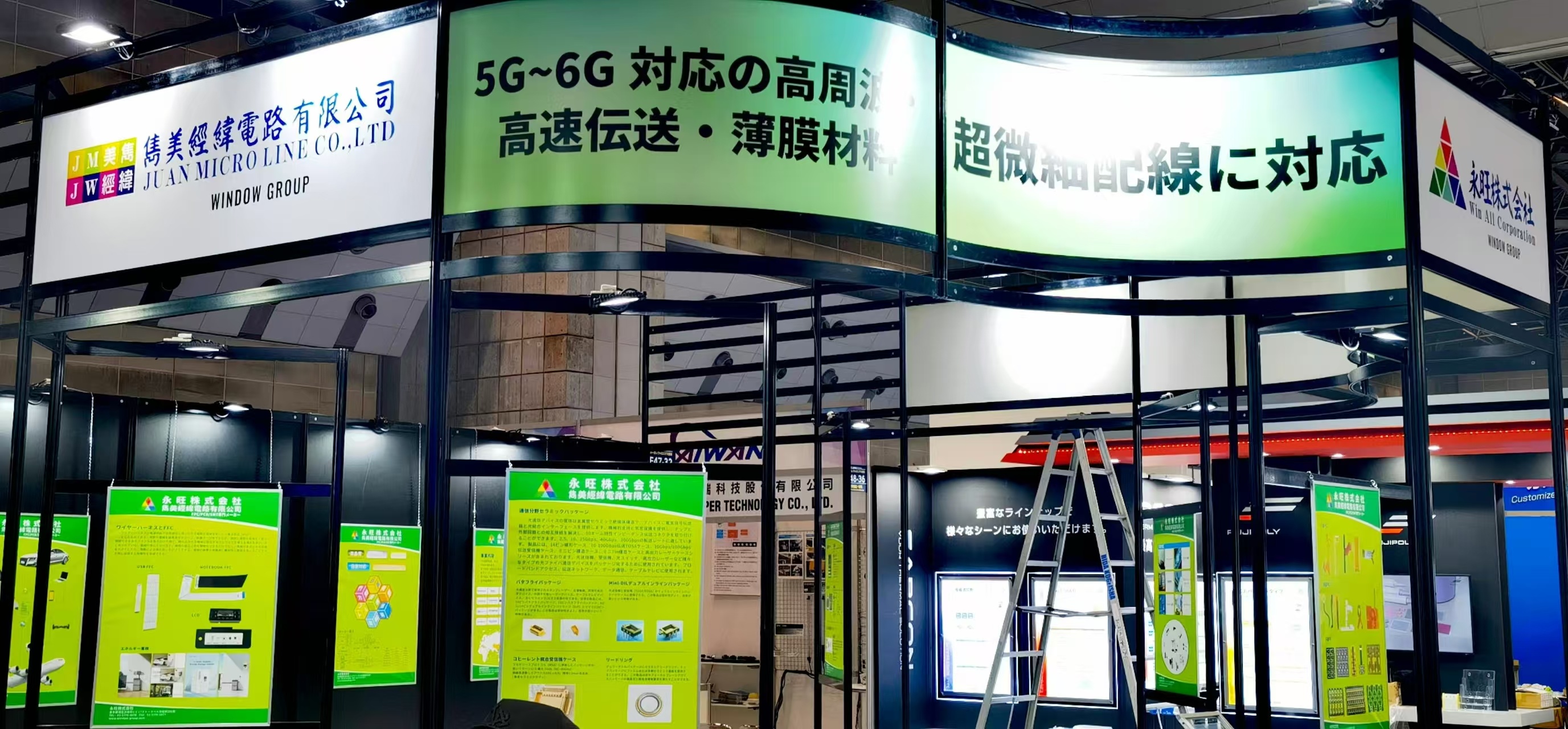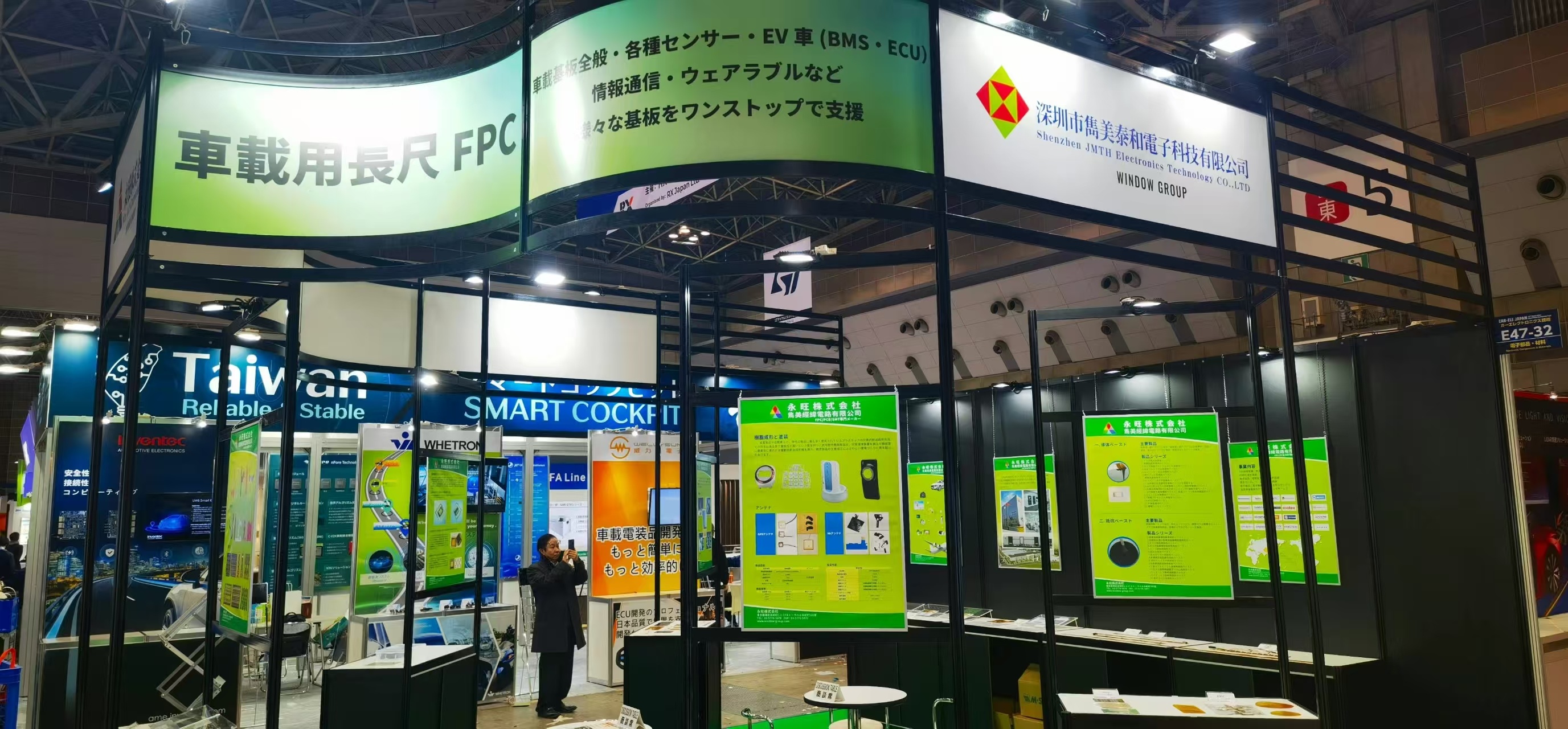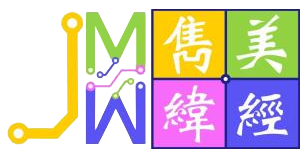Flex Your Tech: The Marvel of Flexible Circuit Boards
Discover the world of flexible circuit boards (FPC) and their game-changing role in modern electronics. Learn how they enhance design and functionality.
Release time:
2025-01-23
Source:
 Introduction to Flexible Circuit Boards
Introduction to Flexible Circuit Boards
Hey there, tech aficionados! Ever wondered how your favorite gadgets pack so much power in such a slim profile? Well, let me introduce you to the unsung hero of modern electronics: the flexible circuit board. These nifty little boards are revolutionizing the way we think about electronic design, allowing for flexibility, compactness, and, believe it or not, creativity in function!
What Exactly is a Flexible Circuit Board?
In layman’s terms, a flexible circuit board, often abbreviated as FPC, is a type of electronic circuit that can bend and twist without losing its functionality. Made from thin plastic materials, they can be molded into various shapes, making them perfect for use in devices where space is at a premium. Think about it: your smartphone, wearable tech, and even some medical devices rely on these little wonders!
The Advantages of Going Flexible
Now, you might be asking, why should we care about flexible circuit boards? Well, let’s dive into the benefits:
- Space-Saving: FPCs can fit into tight spots where traditional rigid boards just won’t cut it. This means sleeker designs for everything from laptops to 3D-printed gadgets.
- Lightweight: Because they’re made from lighter materials, FPCs reduce the overall weight of devices. That’s a win-win when it comes to portability!
- Durability: Flexible circuit boards are less prone to breakage compared to their rigid counterparts, which can crack under pressure. They can withstand a bit of bending and stretching, making them ideal for wearable technology.
Applications Galore!
So, where do we see these flexible circuit boards in action? Let’s take a look at some areas where FPCs shine:
1. Consumer Electronics
Smartphones and tablets are probably the most common examples. FPCs are used to connect components in cramped spaces, ensuring every inch is utilized efficiently.
2. Medical Devices
From heart monitors to flexible sensors, the medical field is all about precision. Flexible circuit boards allow for the creation of compact, portable devices that can be easily worn or used in various ways.
3. Automotive Industry
With the rise of electric vehicles and advanced driver-assistance systems, the need for lightweight and flexible circuitry has never been greater.
The Future is Flexible
As technology continues to evolve, the potential for flexible circuit boards is off the charts. Innovations in materials and manufacturing processes are paving the way for even more advanced applications. Imagine smart clothing that can monitor your health or flexible displays that can bend around corners—this is just the tip of the iceberg!
Conclusion: Embrace the Flexibility
In summary, flexible circuit boards are not just a passing trend; they’re a fundamental part of the future of electronics. By embracing this technology, designers and engineers can create devices that are not only functional but also innovative and stylish. So next time you’re enjoying your favorite gadget, remember the magic of FPCs working behind the scenes!
Let’s keep our fingers crossed for what’s next in the world of flexible circuit boards. Who knows? The next groundbreaking gadget might just be a phone that wraps around your wrist!

flexible circuit board
next page
Related News
2024-12-16







